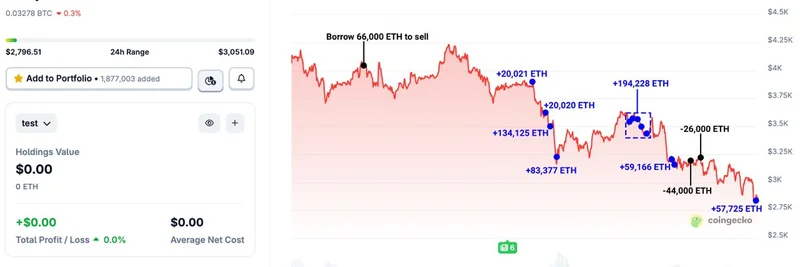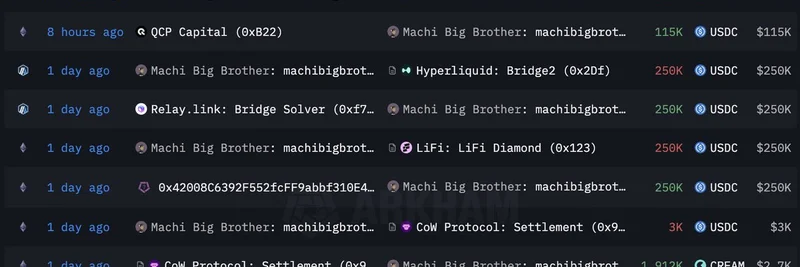In the fast-paced world of meme tokens and decentralized finance, opinions from key influencers can spark heated discussions. A recent clip shared on X by @RasmrClips captures DeFi Monk (@defi_monk) sharing his thoughts on the effectiveness of token buybacks, specifically focusing on Hyperliquid's HYPE token. If you're into crypto, you've probably heard about buybacks—they're when a project uses its revenue to purchase its own tokens from the market, often to reduce supply and potentially boost prices. But according to DeFi Monk, these moves might not be as game-changing as the hype suggests.
The clip comes from the RASMR Report, a live session on Pump.fun, where DeFi Monk chats with the host about the mechanics behind token prices. He points out, "On a day to day there's so much volume that buybacks don't matter that much." This statement cuts through the noise, reminding us that in high-volume markets like those for popular meme tokens or DeFi assets, daily trading activity can dwarf the impact of even substantial buybacks.
For context, Hyperliquid is a leading decentralized exchange (DEX) specializing in perpetual futures trading. Its native token, HYPE, has been at the center of massive buyback programs. According to recent reports, Hyperliquid has executed over $1.3 billion in buybacks in 2025 alone, burning or removing millions of HYPE tokens from circulation. This strategy, inspired by traditional finance practices like stock buybacks from companies such as Apple, aims to increase token scarcity and support price stability. Yet, DeFi Monk argues that with billions in daily trading volume, these buybacks are like a drop in the ocean—they might provide long-term value but don't drastically alter short-term price action.
This perspective is particularly relevant for meme token enthusiasts. Meme coins often thrive on virality and speculation, where price pumps can happen overnight due to social media buzz or whale activity. However, as platforms like Pump.fun make it easier to launch and trade these tokens, understanding the real drivers of price becomes crucial. Buybacks can signal a project's commitment to its community, but relying on them for quick gains might lead to disappointment if trading volume overshadows the effort.
DeFi Monk's take encourages a more nuanced view of tokenomics—the economic design of cryptocurrencies. Instead of fixating on buybacks, traders might want to look at overall ecosystem growth, like Hyperliquid's weekly trading volumes exceeding $1.5 billion, or broader market trends. It's a reminder that in crypto, hype can be misleading, and sustainable value comes from utility and adoption.
If you haven't seen the clip yet, check it out on X. It's a short but insightful snippet that could change how you think about token buybacks in the meme space. Stay tuned to Meme Insider for more breakdowns on the latest crypto trends and strategies to navigate this wild market.




